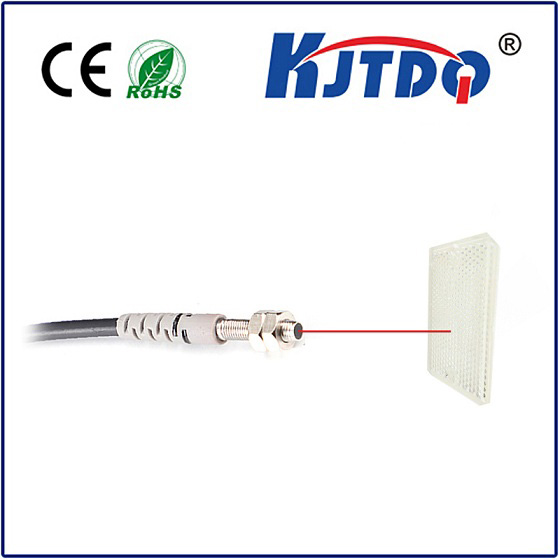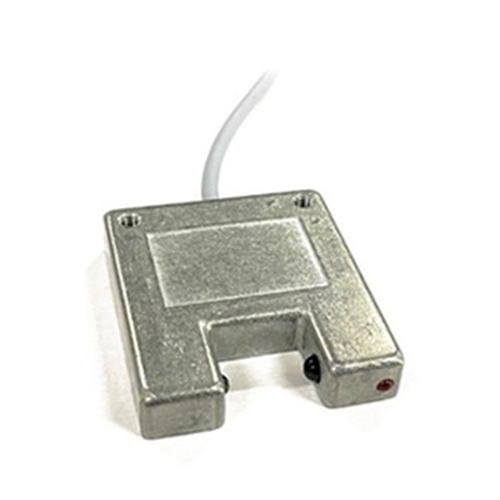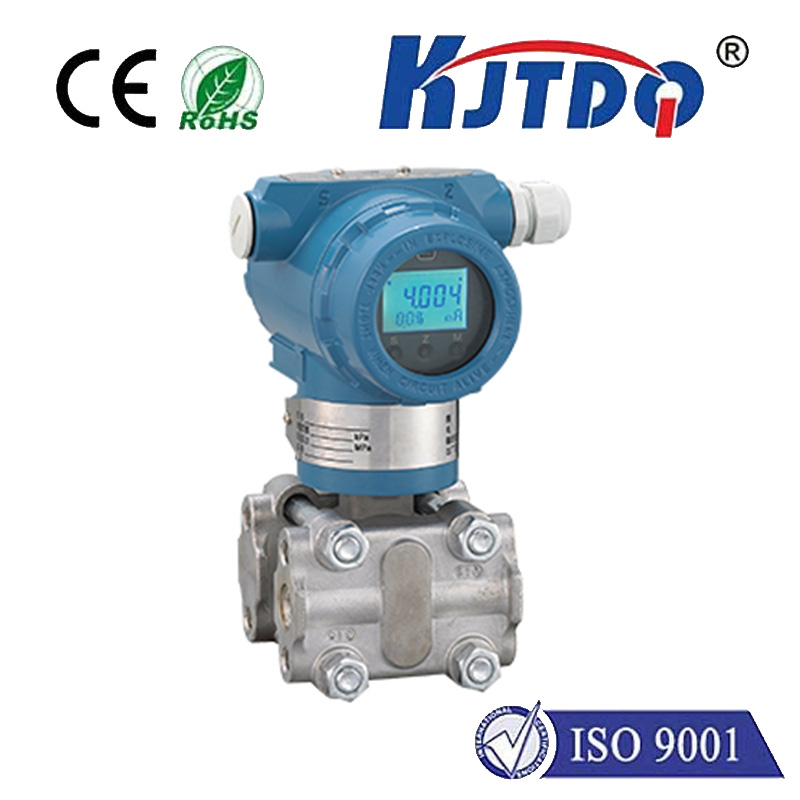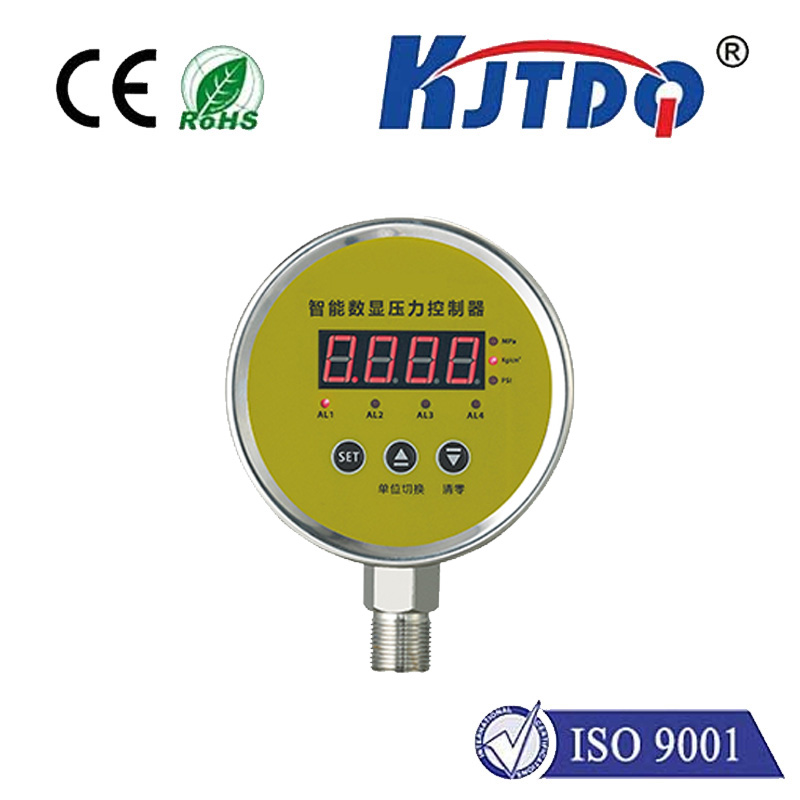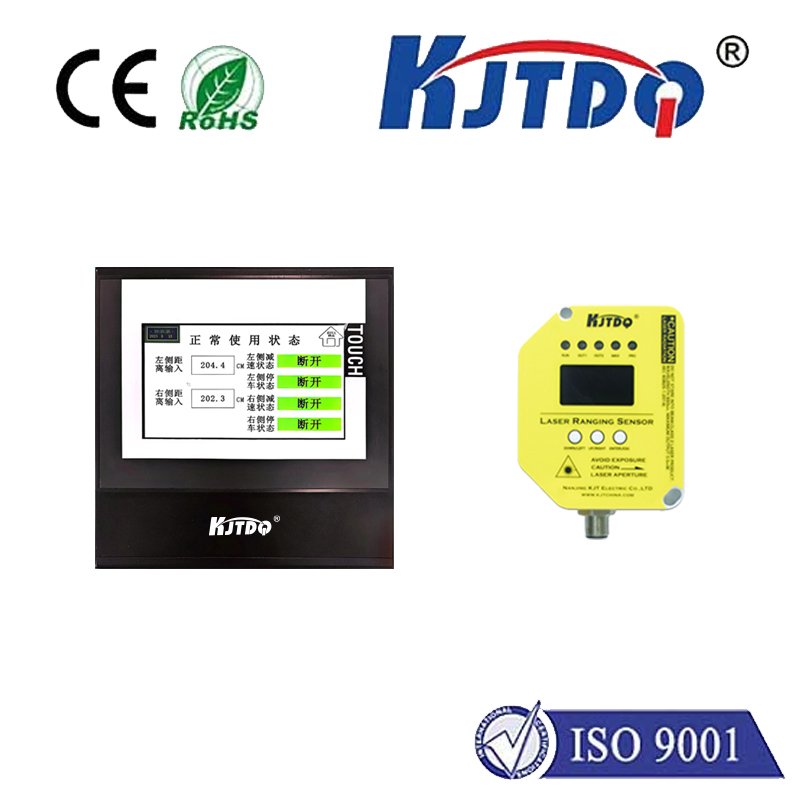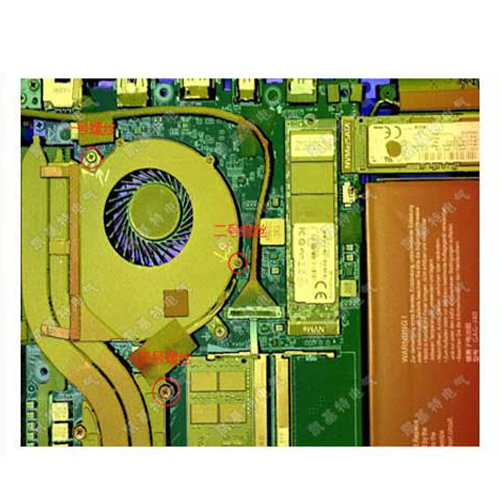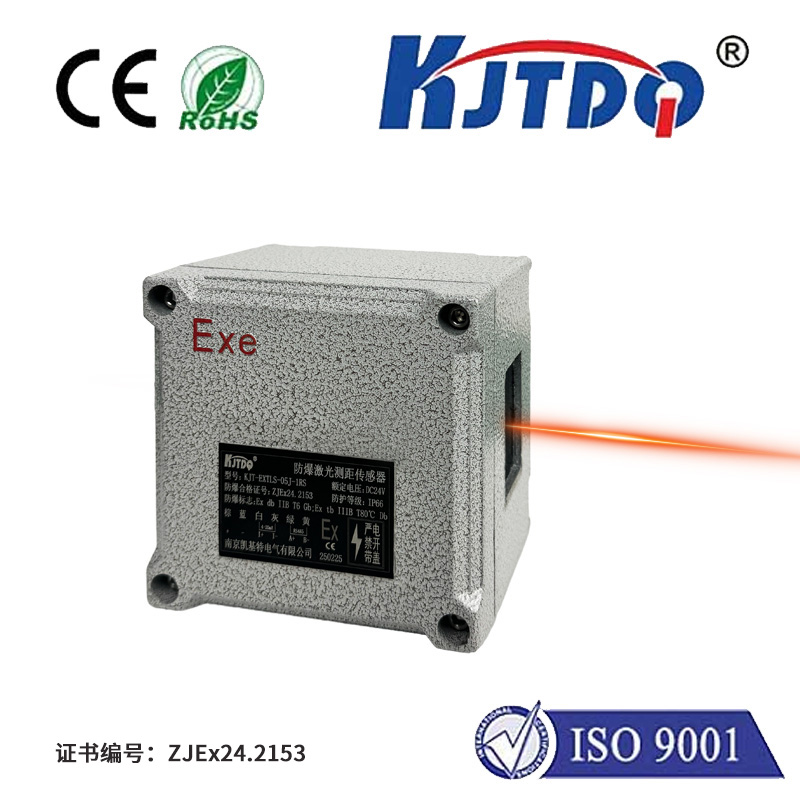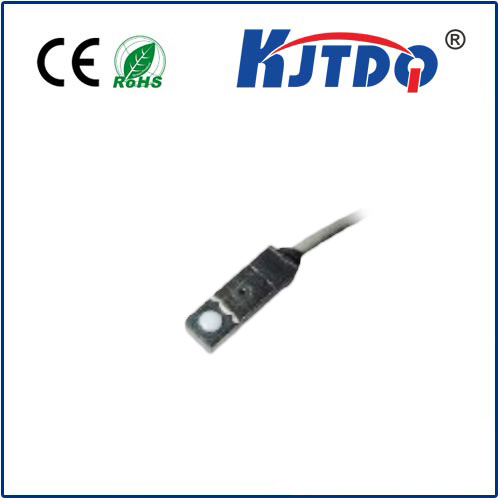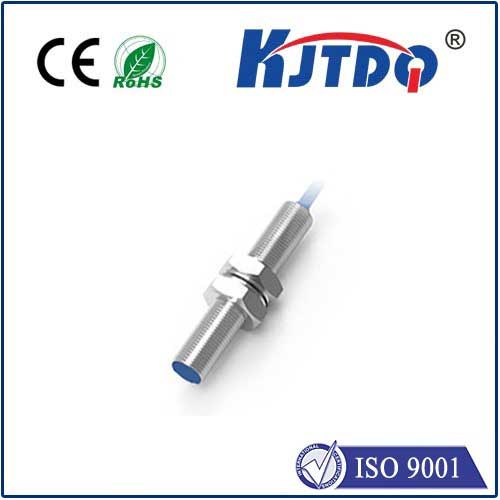

check

check

check

check

check

check

check

check

check

check
Title: Revolutionizing Plastic Detection with Capacitive Proximity Sensors
The world of sensor technology has witnessed a significant advancement in recent years, particularly with the emergence of capacitive proximity sensors. These sensors have revolutionized various industries by providing accurate and reliable detection methods for a wide range of applications. Among these applications, the detection of plastic materials has gained immense importance due to their widespread use and the need for efficient recycling processes. In this article, we will explore how capacitive proximity sensors can be utilized for plastic detection and why they are becoming increasingly popular in this field.
Capacitive proximity sensors operate on the principle of detecting changes in the electromagnetic field around them. When an object comes closer to the sensor, it alters the field, which is then detected by the sensor. This change in the electromagnetic field is converted into an electrical signal that can be processed further. In the case of plastic detection, capacitive proximity sensors offer several advantages over traditional methods such as mechanical switches or infrared sensors.

Firstly, capacitive proximity sensors are highly sensitive and can detect even small changes in the electromagnetic field. This sensitivity allows them to identify plastic materials accurately, regardless of their color or transparency. Unlike infrared sensors, which rely on light reflection, capacitive proximity sensors do not require any specific surface properties or color contrast to function effectively. As a result, they can detect plastic materials with a high degree of accuracy and consistency.
Secondly, capacitive proximity sensors are highly durable and resistant to environmental factors such as dust, moisture, and temperature fluctuations. This makes them ideal for use in harsh industrial environments where plastic materials are commonly found. Moreover, their non-contact nature ensures that there is no physical wear and tear on the sensor or the material being detected, thus extending the lifespan of both.
Thirdly, capacitive proximity sensors offer a fast response time, allowing for real-time detection and processing of plastic materials. This is crucial in applications such as sorting or recycling facilities where large volumes of plastic materials need to be processed quickly and efficiently. By using capacitive proximity sensors, these facilities can improve their productivity and reduce operational costs significantly.
Lastly, the integration of capacitive proximity sensors into existing equipment and systems is relatively straightforward. They can be easily mounted onto conveyors, sorting machines, or other processing equipment without requiring major modifications. This ease of integration further enhances their appeal in industries looking to upgrade their plastic detection capabilities without investing heavily in new infrastructure.
In conclusion, capacitive proximity sensors have emerged as a game-changer in the field of plastic detection. Their sensitivity, durability, fast response time, and ease of integration make them an ideal choice for various industries dealing with plastic materials. As technology continues to evolve, it is likely that we will see even more innovative applications of capacitive proximity sensors in plastic detection and beyond
